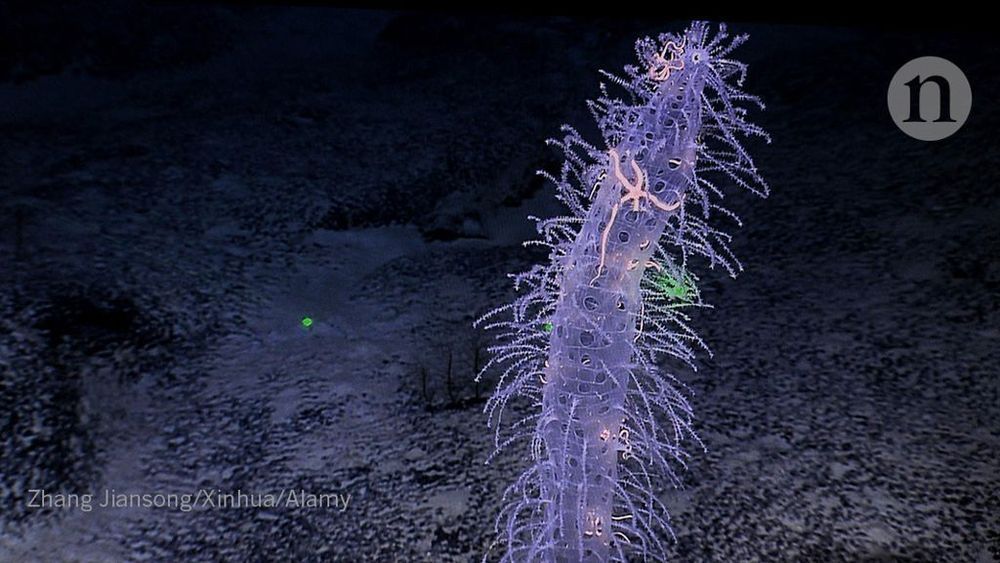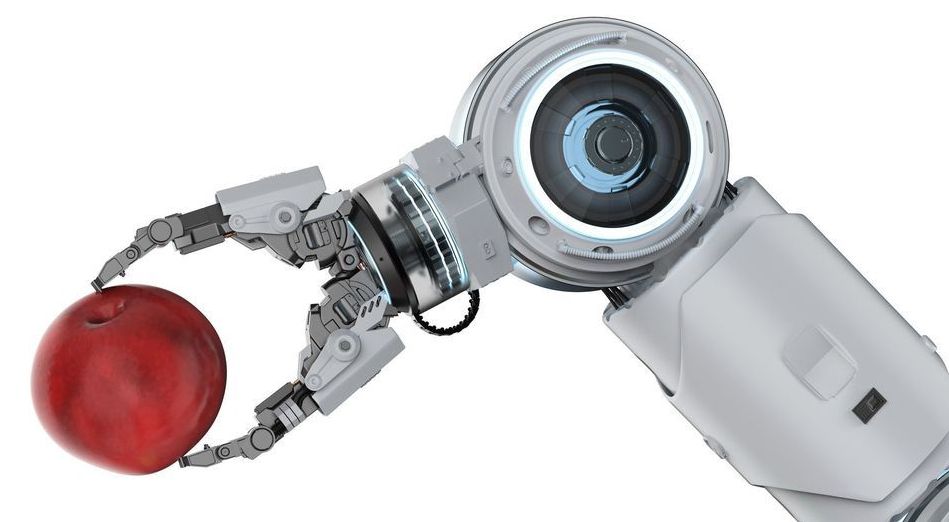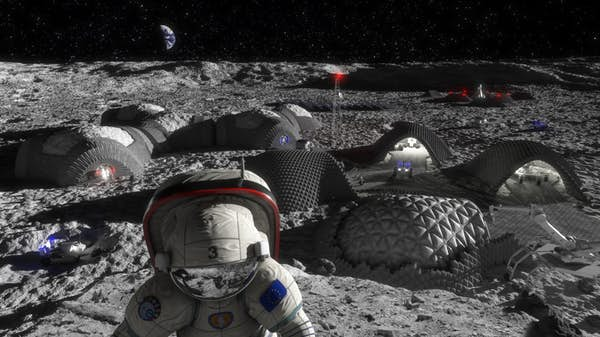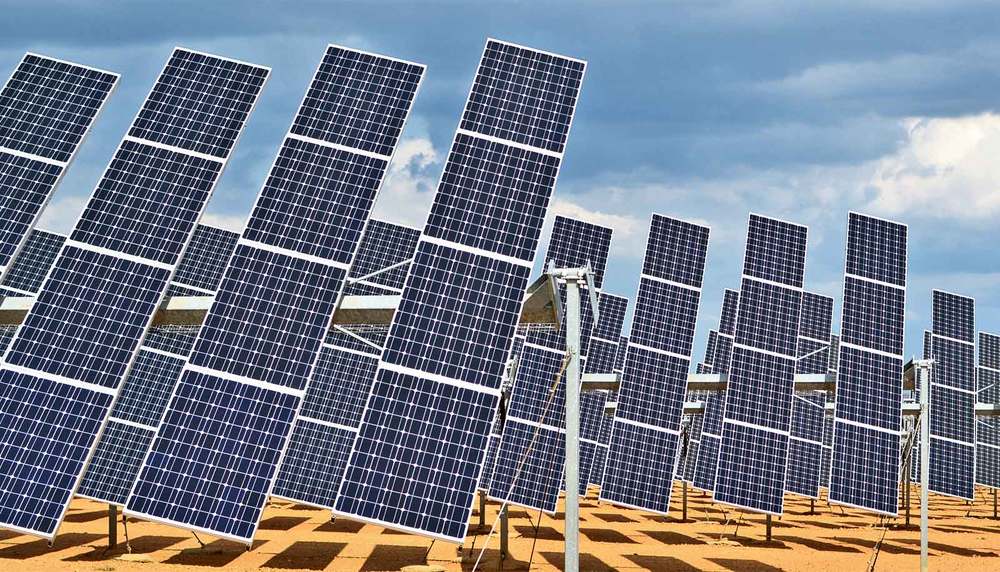Mechanical engineers have discovered a way to produce more electricity from heat than thought possible by creating a silicon chip, also known as a ‘device,’ that converts more thermal radiation into electricity. This could lead to devices such as laptop computers and cellphones with much longer battery life and solar panels that are much more efficient at converting radiant heat to energy.
Category: sustainability – Page 574

Seabed mining is coming — bringing mineral riches and fears of epic extinctions
Now, it seems this nascent industry’s time has come. A growing demand for batteries to power electric cars and to store wind and solar energy has driven up the cost of many rare-earth metals and bolstered the business case for sea-bed mining. What’s more, the industry’s long-awaited regulations — in the form of a mining code — are due to be finalized by 2020, putting in place a process whereby contractors can apply for 30-year licences to mine assigned ‘claim areas’ in parts of the international sea bed such as the CCZ. Already, miners are exploring the potential wealth of these claim areas, but no commercial extraction will begin until the regulations are in place. Investments in this industry are now growing.
Plans are advancing to harvest precious ores from the ocean floor, but scientists say that companies have not tested them enough to avoid devastating damage.

Inside The Tiny Country Where Robots Grow The Food
This innovation drive, including increasing use of automation on farms like Dijkstra’s, has helped propel a country with a land mass smaller than the state of West Virginia to become the world’s second-biggest food exporter after the U.S., with agri-food exports worth more than $100 billion.
And it’s dairy, and fruit and vegetables ― where technologies like milking and harvesting robots are becoming commonplace in the Netherlands ― that account for the biggest share of that export revenue.
“Automation has been part of that success story,” said Erik Nicholson of the United Farm Workers of America. The Netherlands “is seen as a world leader because of the innovation going on there and the output it manages despite its comparatively small size.”

Lunar bricks could keep Moon colonists warm and generate electricity
Space engineers have long considered lunar soil as locally available material for building outposts on the Moon, and now ESA researchers are considering it as a means to store energy. The Discovery & Preparation study by the agency and Azimut Space aims to determine how the lunar regolith can soak up solar energy during the day, then use it to generate electricity during the 14-day night and protect equipment against freezing.
This sustainable way of growing rice produces bumper harvests
African farmers earned 41% more when using this method.
🔎 Learn more about innovative methods of growing rice: https://wef.ch/2GjlJjW
Self charging car batteries mean you’ll never need to plug in
(21 Oct 2017) LEADIN:
Forget plugging in to charge up your new electric car, engineers are now working towards a future where you never need to plug in ever again.
That’s some time off, but a new generation of batteries is being designed to power the latest electric cars, from high energy cells to power sports models to those that power over long distances.
STORYLINE:
Electric cars are no longer concepts kept in top secret bunkers at a car manufacturers research unit.
Nor are they a seen as four wheeled status symbols of the wealthy elite.
New Remote Charging Tech Could Start Powering Up Your Phone as Soon as You Walk Into a Room
Imagine having your cell phone start to charge when you walk into a room, or your electric car charge as you drive over a particular strip of land. It’s like a sort of ambient charging environment surrounds you.
Harnessing the power of magnetic fields.

Ikea To Use Mushroom Based Packaging That Will Decompose In A Garden Within Weeks
By Amanda Froelich The furniture retailer is looking at using biodegradable mycelium “fungi packaging” as part of its efforts to reduce waste and increase recycling. …